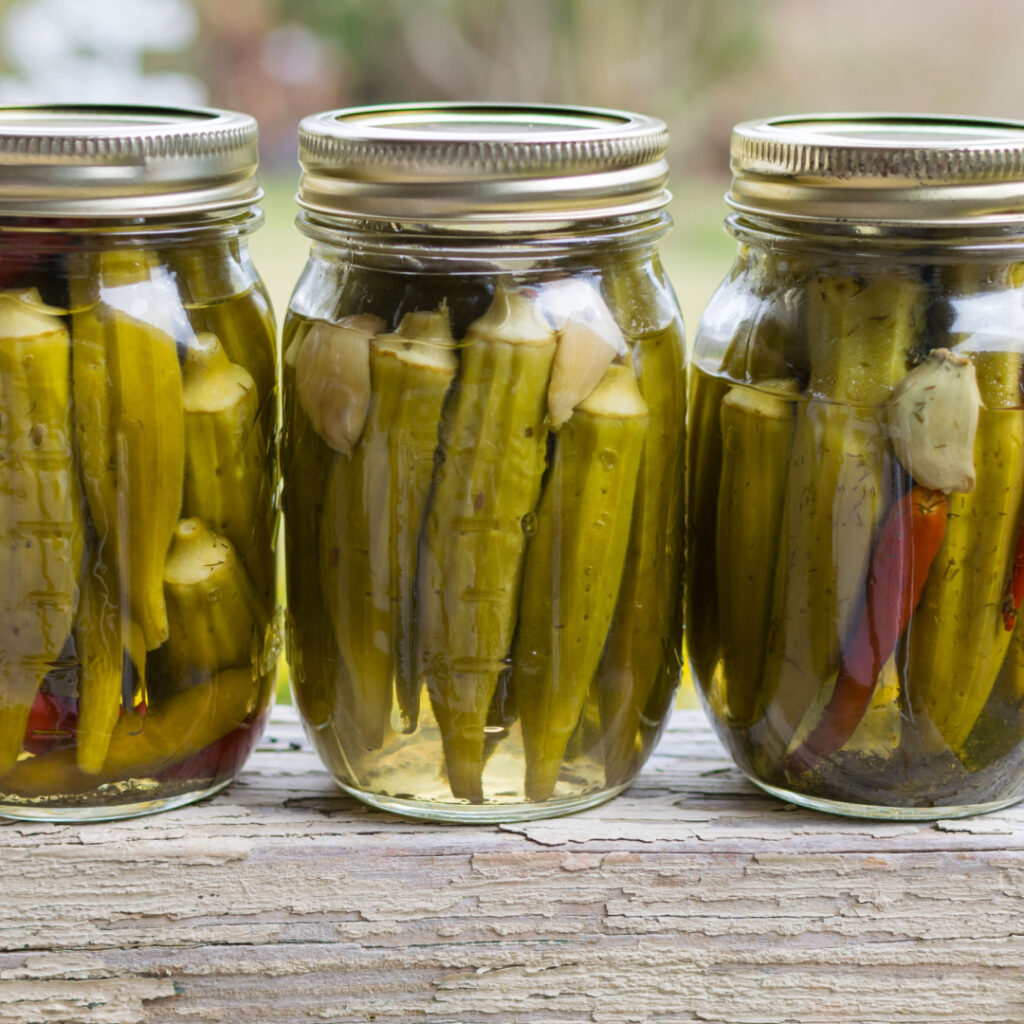
There were two kinds of gumbo cooked in my family. Mama, my paternal grandmother cooked okra gumbo. My mother, and all the folks on the maternal side, cooked seafood gumbo. Gumbo is central in our culinary tradition, always the star at holiday parties. It’s an apt metaphor for our mix of cultures. Each cook had their own twist on this holiday staple. Of the two main types seafood gumbo was my favorite. Frankly, I hated okra because it was “slimy”. Cooked okra can develop a mucilaginous consistency when cut and cooked, which many people find off-putting. Being among the first generation of kids born outside of the American South it was easy for me to avoid okra. The vegetable just wasn’t around much and over the years I met plenty of okraphobes.
Fast forward to adulthood, I’ve fallen in love with all things okra. My rapprochement with the vegetable came through an entirely different cultural tradition. During a family style meal with friends I sampled Bhindi Masala, an Indian dish of okra cooked with tomatoes onions and various spices. It wasn’t slimy at all. I loved it. It turns out that preparation and cooking method can reduce its mucilaginous properties. As I dove further into various cooking techniques I discovered that okra’s introduction from Africa to this continent was most likely associated with the North American slave trade in the 1600s. Okra’s connection with the diaspora of Black people deepened my interest, and indeed my appreciation for this versatile and nutritious vegetable. No doubt it was one of the few vestiges of home encountered by enslaved people in North America. It helped them to survive. Today, when prepared in a healthy manner Okra helps us to flourish.
As an avid gardener I discovered that I could grow okra in my backyard raised beds. It is a tropical plant, but grew quite well here in coastal California. The photo below shows the plant, flower and the edible seed pods. The flowers are edible too, but I haven’t tried them.

Eventually I grew more Okra than I could eat in one season. As much as I would like to tell you that no one wanted my excess okra, the truth is that I only shared my crop with a few close family and friends. I became a bit of an okra hoarder, learning how to pickle and pressure can the precious pods with my own spicy creole recipe. My canned okra will last for years. They taste great right out of the jar.

I found that okra plants are largely pest-free except for a nasty little microscopic parasite called root-knot nematode (RKN). These tiny worms live in soil and invade the roots of susceptible plants leading to stunted growth and reduced yield. The problem seemed to get worse each year. You see, farmers and gardeners who grow one type of crop repeatedly in the same location inadvertently create conditions for specific pests to thrive. As an immature gardener I declared war on nematodes, not realizing that there are all kinds of nematodes, including beneficial types. I started out seeking to completely eliminate them. Fortunately, my commitment to organic gardening kept me from doing too much damage. As I matured as a gardener I dropped the “war mentality” to focus, instead, on acceptance and balanced stewardship of the soil. These days, I rotate crops and sometimes rest the beds entirely. This year I won’t be growing any of okra. In its place I’ll grow crops that deter, or are at least not susceptible to RKN. Fortunately, I have an ample supply of pickled okra to hold me over.

So yeah, I’m now an okraphile. Okra plants are a delight to the senses. As Chris Smith, author of The Whole Okra: A Seed to Stem Celebration” wrote, “…okra plants are stunning and can be grown for their landscaping aesthetics alone…”. While I’m enjoying the opportunity to try some new vegetables in their beds this year I look forward to bringing them back to the garden in a few years.



